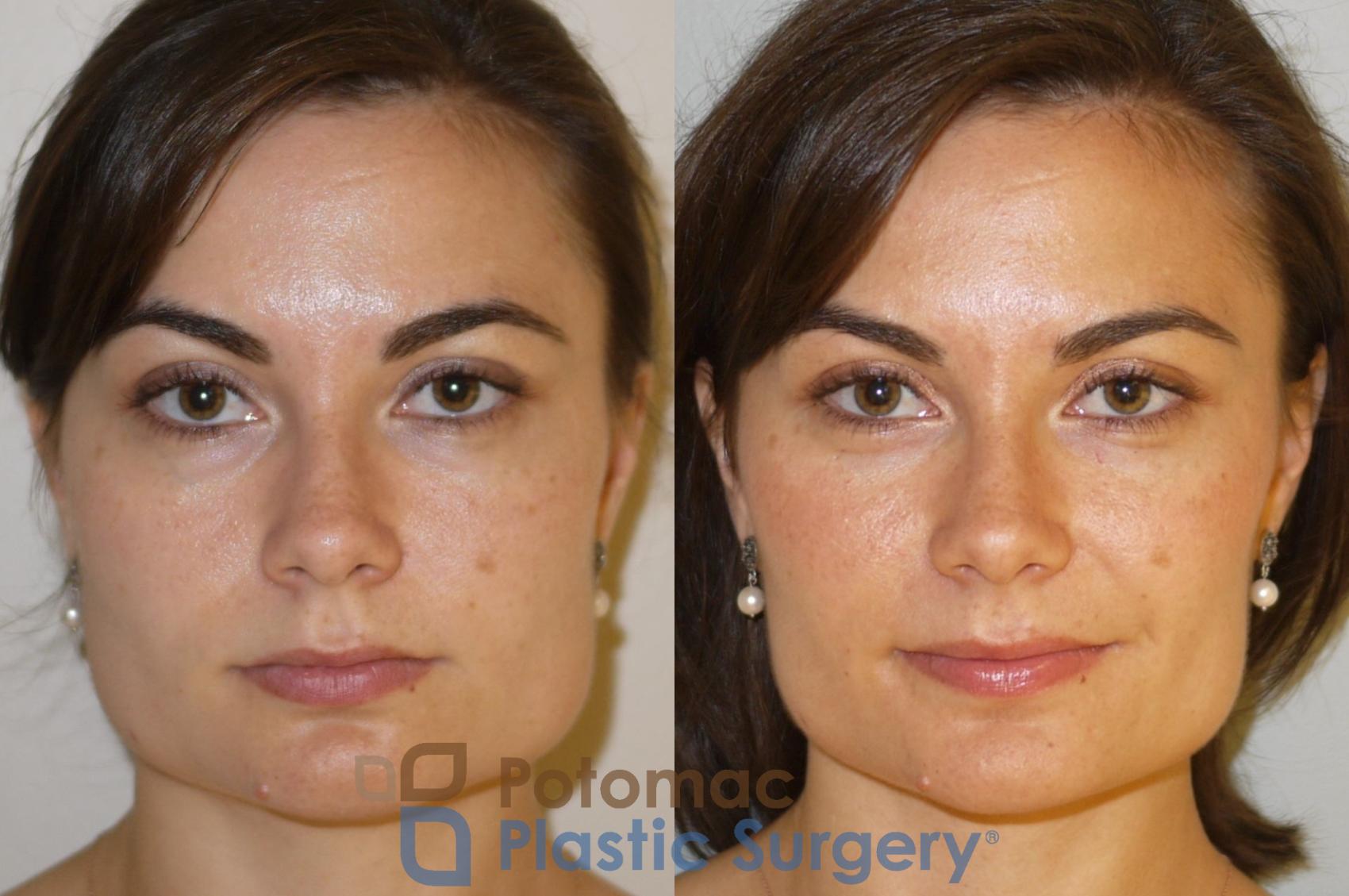When it comes to the world of beauty and personal aesthetics, there’s a growing dialogue about the intersection of health savings accounts (HSA) and cosmetic procedures. The spark of curiosity leads to a playful inquiry: can your HSA cover the costs of Botox or other cosmetic surgeries? This question not only entices the interest of beauty enthusiasts but also poses a challenge for those looking to enhance their appearance while navigating the financial nuances of medical and aesthetic treatments.
For many, HSAs represent a viable strategy to save for medical expenses while gaining tax advantages. But when it comes to elective cosmetic procedures, the waters can get murky. Let’s embark on a comprehensive exploration of the current landscape for HSA usage in relation to cosmetic treatments, focusing on Botox and surgery.
Understanding HSA Basics
Health Savings Accounts are specially designed accounts that allow individuals to set aside money, tax-free, for qualified medical expenses. These accounts are often utilized for high-deductible health plans, offering a potent combination for proactive healthcare financing. However, the IRS has delineated a categorization of eligible expenses, leaving many dental, vision, and preventive health procedures considered qualifying treatments.
Within the IRS guidelines, what exactly qualifies as a “medical expense”? The definition is notably grounded in necessity rather than choice. For example, while essential procedures like surgeries for correcting physical dysfunctions are eligible, cosmetic surgeries, which are generally elective, do not automatically fall into this category.
The Allure of Botox
Botox, a popular non-surgical treatment for reducing wrinkles, is often glamorized in popular culture. Many aspire to achieve that youthful glow and diminished fine lines. However, the question remains: can Botox be considered an eligible expense under an HSA? The answer is nuanced.
If Botox is being used to treat a legitimate medical condition — for instance, chronic migraines or excessive sweating known as hyperhidrosis — its costs may indeed be HSA-eligible. But if the primary motive behind using Botox is to enhance one’s appearance without a medical diagnosis, it’s highly unlikely that it can be covered under HSA rules.
The Classification of Cosmetic Surgery
As we transition from injections to more invasive procedures, the conversation about cosmetic surgery becomes even more complex. This category encompasses a wide range of surgical enhancements, from rhinoplasty to liposuction, all primarily geared towards aesthetic improvements. The crux of the matter is that most cosmetic surgeries fall outside the purview of HSA eligibility because they are not deemed medically necessary.
To illustrate, a patient seeking breast augmentation primarily for body image issues typically won’t find any part of that surgery covered by an HSA. On the other hand, reconstructive surgeries that address congenital issues or post-traumatic deformities could potentially qualify for HSA reimbursement, as these are seen as restoring function rather than purely enhancing beauty.
Documentation and Medical Necessity
Establishing the medical necessity of treatments can serve as the bridge between aesthetic desires and HSA eligibility. If you have been diagnosed with a condition warranting treatment, such as acne scarring or jaw alignment issues treated with Botox, it is crucial to obtain the appropriate documentation from a certified healthcare provider. This might include a recommendation, a diagnosis, and a treatment plan, strengthening your case for HSA usage.
For elective procedures, asking your physician about potential medical indications for treatment provides a viable pathway. This could mean addressing psychological factors associated with appearance, giving a semblance of medical necessity to potentially aesthetic-driven surgeries.
Alternatives for Funding Cosmetic Treatments
In instances where HSA funds cannot be utilized, alternative financing options may serve as suitable substitutes. Payment plans, personal loans, and even credit cards are popular choices. Many plastic surgeon offices offer financing through companies specializing in medical loans, providing an array of installment options to fit differing budgets.
Moreover, it’s worthwhile to research whether a specific cosmetic provider offers promotional events or discounts on certain procedures. These savings can make a significant difference in the overall financial burden of cosmetic enhancements.
Conclusion: A Duality of Beauty and Finance
As the beauty industry continues to evolve with greater public acceptance of cosmetic procedures, the conversation surrounding financing these enhancements through tools like HSAs will only gain momentum. Personal aesthetics are undeniably interwoven with self-identity, yet the limitations posed by strict IRS classifications serve as a reminder to remain judicious in financial planning.
In a conclusion, while HSAs offer a fantastic opportunity to save on qualifying medical costs, aesthetic procedures like Botox and cosmetic surgeries often remain outside their scope. As consumers, it’s essential to stay informed about your options, using strategic financial planning to navigate your journey towards beauty without compromising on fiscal responsibility. The pursuit of beauty is personal and profound, yet understanding the fiscal maze surrounding it can empower individuals in making informed, responsible choices.
